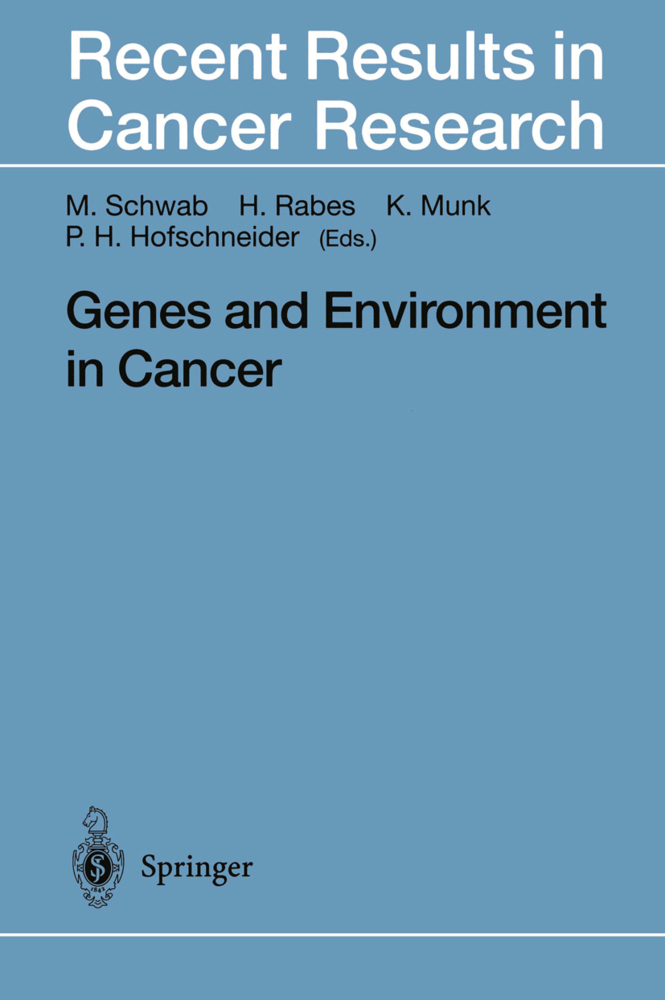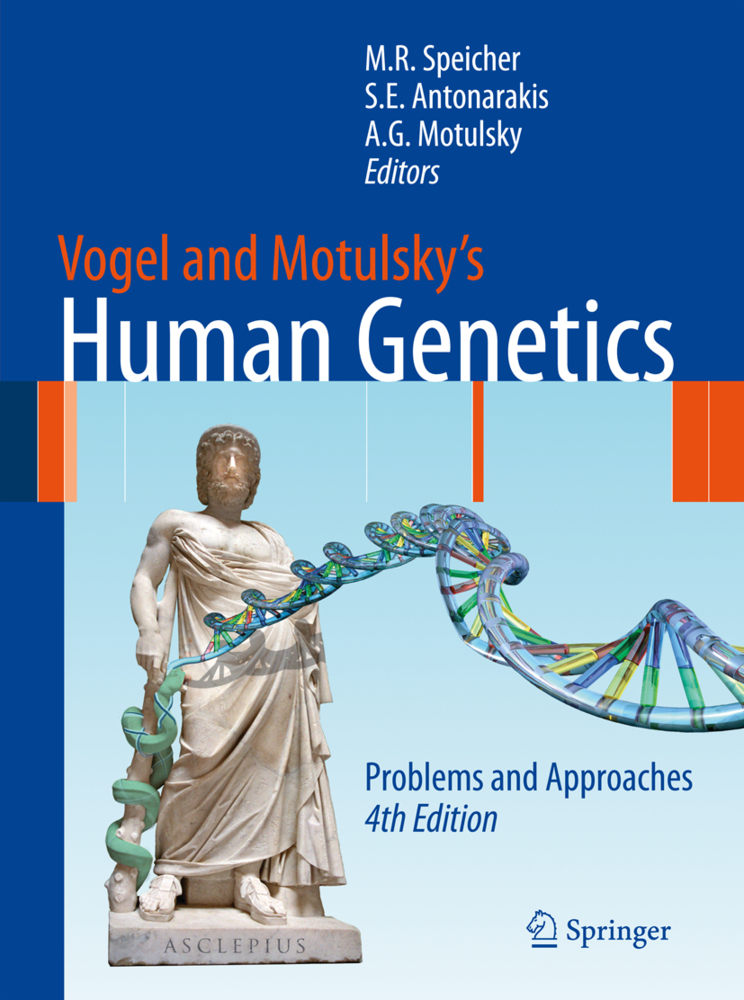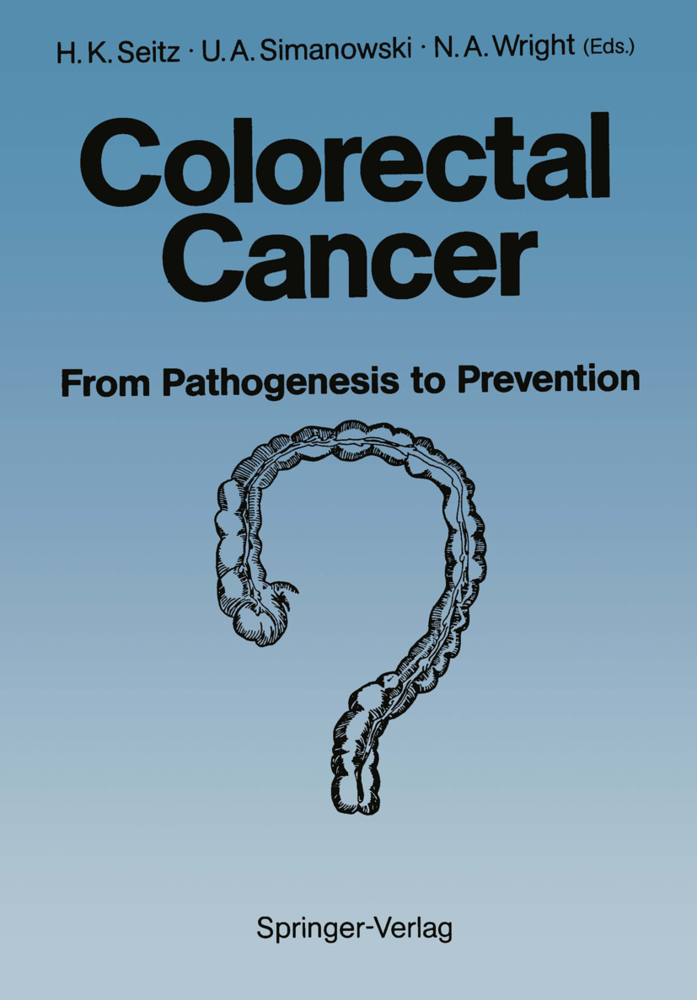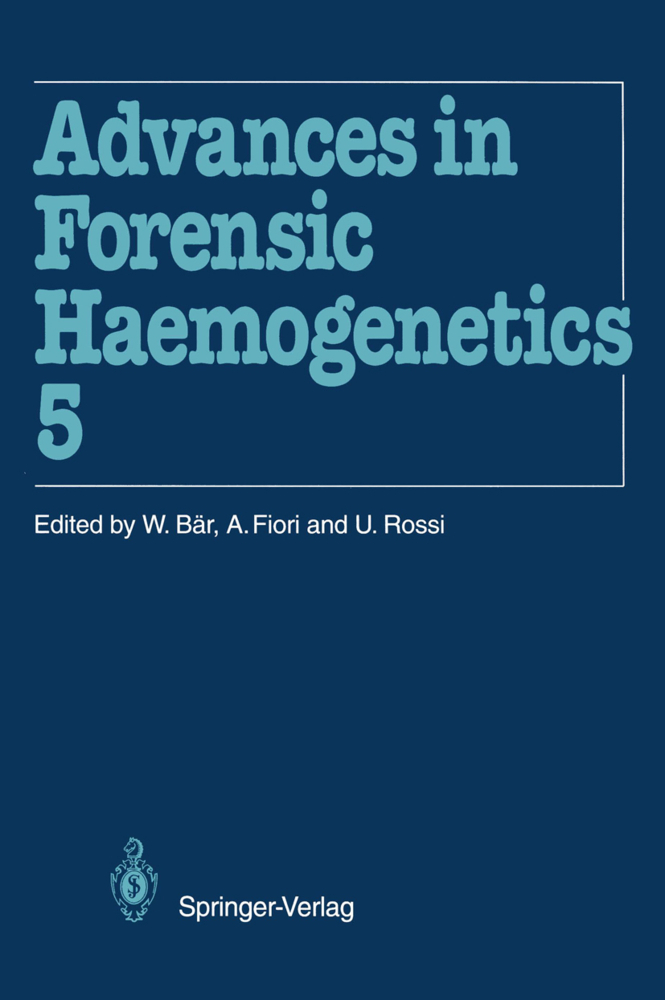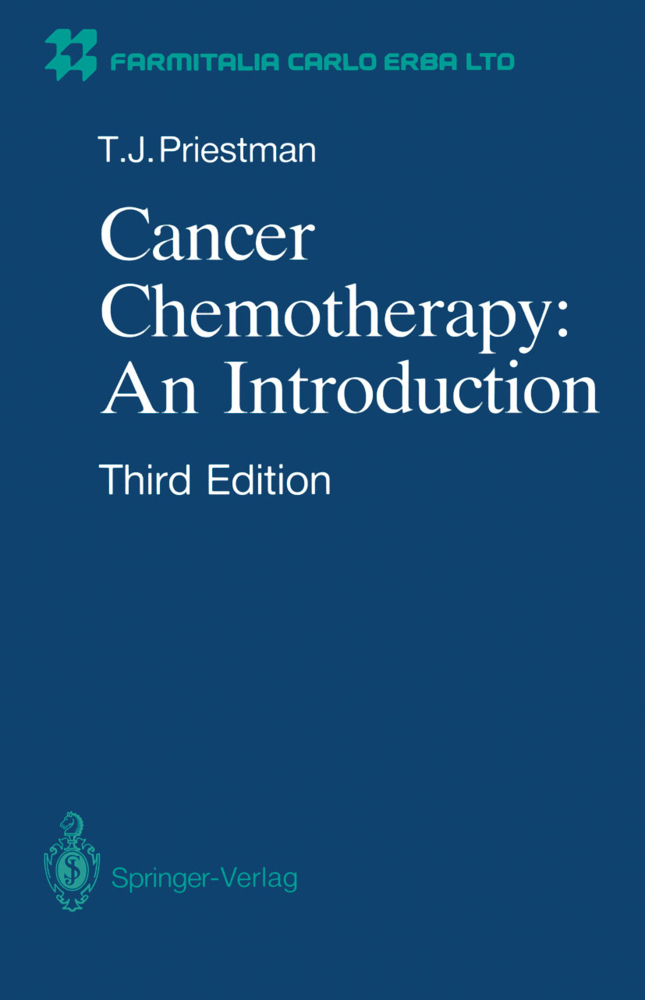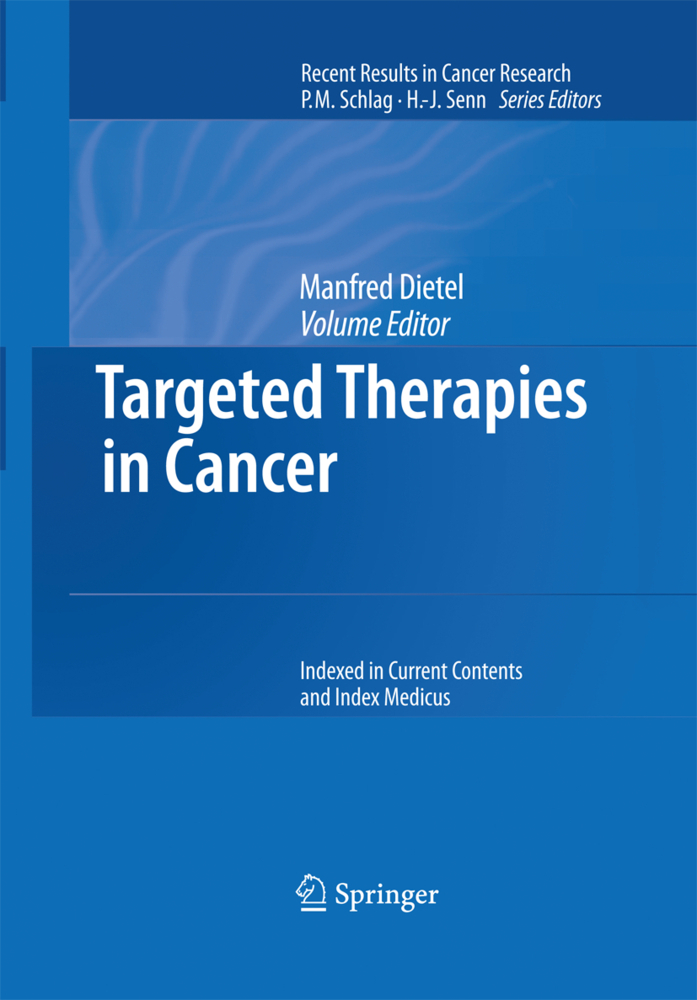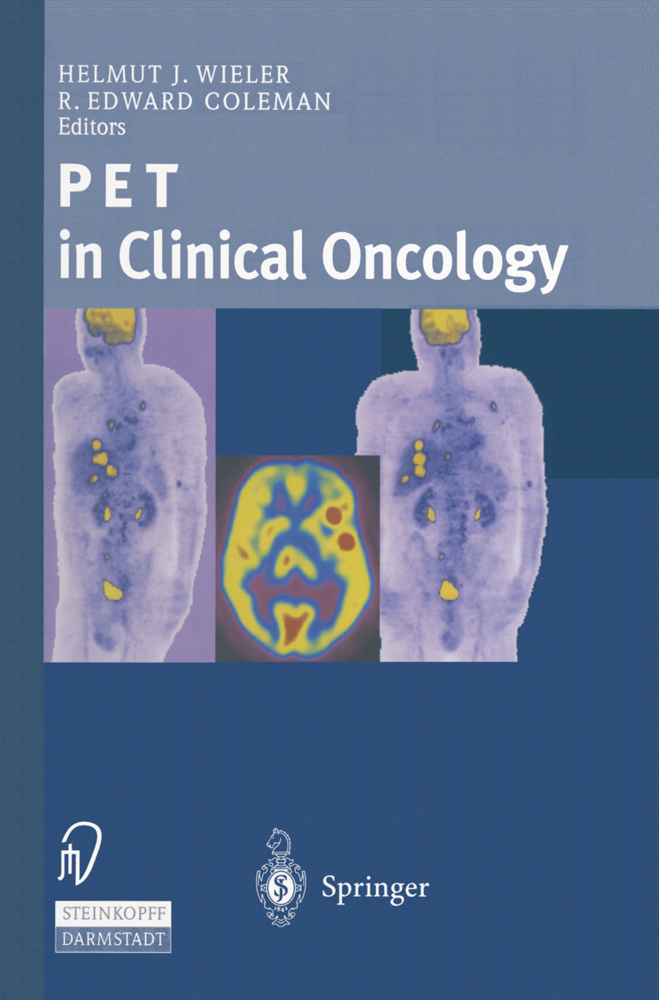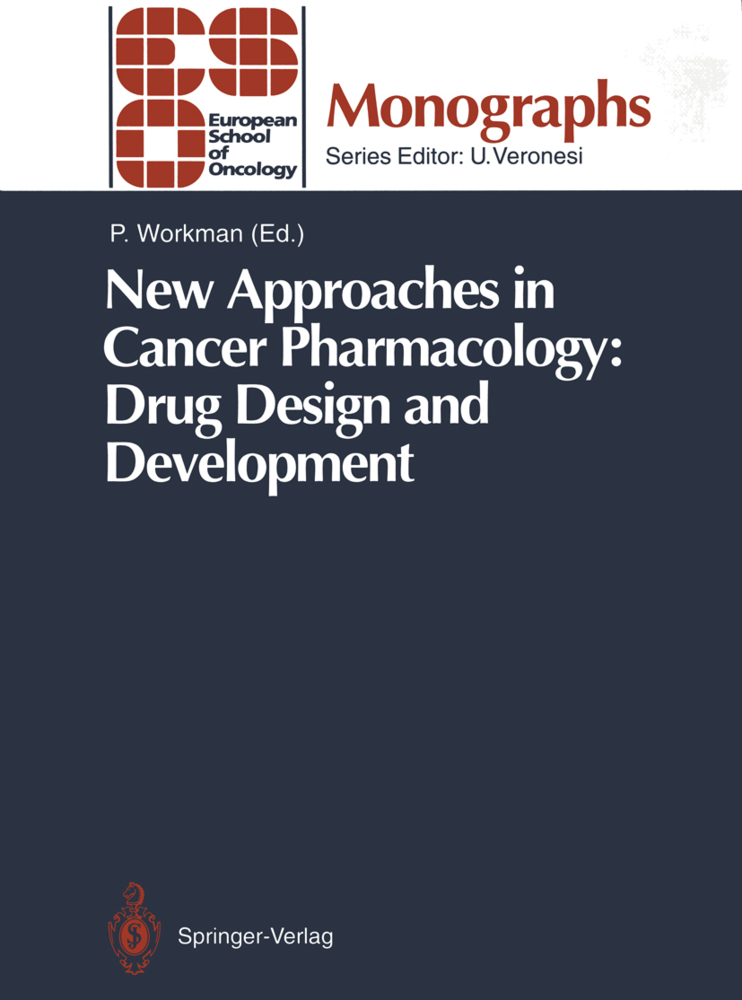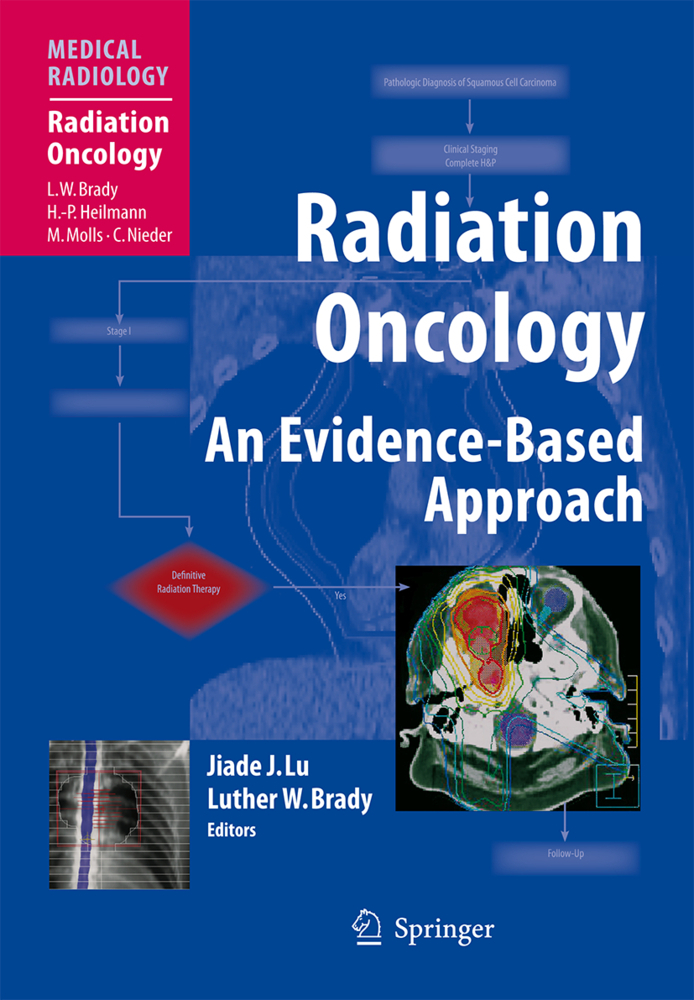Genes and Environment in Cancer
Genes and Environment in Cancer
Different cancer types can result from a multiplicity of genetic and environmental factors. In recent years a number of genes have been identified as strong determinants for particular forms of cancer (particularly colon and breast cancer). The incomplete penetrance often evinced by the mutations of these genes has raised the possibility that additional endogenous or exogenous determinants contribute to cancer development or suppression. The major aim of this book is to present an integrated view of the various environmental, epidemiological and genetic determinants that contribute to a disease syndrome collectively known as "cancer". Different cancer types can result from a multiplicity of environmental and genetic factors. Molecular epidemiology has focused recently on elucidating relationships between particular genetic alterations and the type of environmental exposure. Several genes have been identified as strong determinants for a number of cancer types. The incomplete penetrance often evidenced by mutations of these genes has raised the possibility that additional endogenous or exogenous determinants are involved in cancer development or suppression. The major aim of this book is to present an integrated view of environmental, epidemiological, and genetic determinants that contribute to cancer susceptibility and progression.
Molecular Epidemiology of Human Cancer
II. Risk Assessment and DNA Lesions
Molecular Epidemiology of Environmental Carcinogenesis
Polymorphisms of N-Acetyltransferases, Glutathione S-Transferases, Microsomal Epoxide Hydrolase and Sulfotransferases: Influence on Cancer Susceptibility
Impact of Adduct Determination on the Assessment of Cancer Susceptibility
Mutation Spectra Resulting from Carcinogenic Exposure: From Model Systems to Cancer-Related Genes
III. DNA Repair and Genetic Susceptibility
Relevance of DNA Repair to Carcinogenesis and Cancer Therapy
Molecular Basis of DNA Repair Mechanisms and Syndromes
The Ataxia Telangiectasia Gene in Familial and Sporadic Cancer
IV. Induced Chromosome Damage and Cancer
Cancer Predictive Value of Cytogenetic Markers Used in Occupational Health Surveillance Programs
Instability at Chromosomal Fragile Sites
The Role of Deletions at the FRA3B/FHIT Locus in Carcinogenesis
Gene Amplification Mechanisms: The Role of Fragile Sites
V. Genetic Susceptibility and Environmental Exposure: 'The RET Paradigm'
Mechanisms of Development of Multiple Endocrine Neoplasia Type 2 and Hirschsprung's Disease by ret Mutations
Rearrangements of RET and NTRK1 Tyrosine Kinase Receptors in Papillary Thyroid Carcinomas
Molecular Genetics of Childhood Papillary Thyroid Carcinomas After Irradiation: High Prevalence of RET Rearrangement
Thyroid Carcinomas in RET/PTC Transgenic Mice
Signal Transduction by the Receptor Tyrosine Kinase Ret
VI. Population Genetics of Cancer Susceptibility
Complex Traits on the Map
Genetic Mapping of Cancer Susceptibility/Resistance Loci in the Mouse
CancerEpidemiology in Migrant Populations
Molecular Epidemiology of Hereditary Nonpolyposis Colorectal Cancer in Finland
VII. Virus and Cancer: The HBV/HCV Paradigm
The PreS2 Activators of the Hepatitis B Virus: Activators of Tumour Promotor Pathways
Antiviral Cell-Mediated Immune Responses During Hepatitis B and Hepatitis C Virus Infections
The Role of Hepatitis C Virus in Hepatocellular Carcinoma
Overview of Viruses, Cancer, and Vaccines in Concept and in Reality.
I. Key Notes
Epidemiological Evidence of the Effects of Behaviour and the Environment on the Risk of Human CancerMolecular Epidemiology of Human Cancer
II. Risk Assessment and DNA Lesions
Molecular Epidemiology of Environmental Carcinogenesis
Polymorphisms of N-Acetyltransferases, Glutathione S-Transferases, Microsomal Epoxide Hydrolase and Sulfotransferases: Influence on Cancer Susceptibility
Impact of Adduct Determination on the Assessment of Cancer Susceptibility
Mutation Spectra Resulting from Carcinogenic Exposure: From Model Systems to Cancer-Related Genes
III. DNA Repair and Genetic Susceptibility
Relevance of DNA Repair to Carcinogenesis and Cancer Therapy
Molecular Basis of DNA Repair Mechanisms and Syndromes
The Ataxia Telangiectasia Gene in Familial and Sporadic Cancer
IV. Induced Chromosome Damage and Cancer
Cancer Predictive Value of Cytogenetic Markers Used in Occupational Health Surveillance Programs
Instability at Chromosomal Fragile Sites
The Role of Deletions at the FRA3B/FHIT Locus in Carcinogenesis
Gene Amplification Mechanisms: The Role of Fragile Sites
V. Genetic Susceptibility and Environmental Exposure: 'The RET Paradigm'
Mechanisms of Development of Multiple Endocrine Neoplasia Type 2 and Hirschsprung's Disease by ret Mutations
Rearrangements of RET and NTRK1 Tyrosine Kinase Receptors in Papillary Thyroid Carcinomas
Molecular Genetics of Childhood Papillary Thyroid Carcinomas After Irradiation: High Prevalence of RET Rearrangement
Thyroid Carcinomas in RET/PTC Transgenic Mice
Signal Transduction by the Receptor Tyrosine Kinase Ret
VI. Population Genetics of Cancer Susceptibility
Complex Traits on the Map
Genetic Mapping of Cancer Susceptibility/Resistance Loci in the Mouse
CancerEpidemiology in Migrant Populations
Molecular Epidemiology of Hereditary Nonpolyposis Colorectal Cancer in Finland
VII. Virus and Cancer: The HBV/HCV Paradigm
The PreS2 Activators of the Hepatitis B Virus: Activators of Tumour Promotor Pathways
Antiviral Cell-Mediated Immune Responses During Hepatitis B and Hepatitis C Virus Infections
The Role of Hepatitis C Virus in Hepatocellular Carcinoma
Overview of Viruses, Cancer, and Vaccines in Concept and in Reality.
Schwab, Manfred
Rabes, Hartmut M.
Munk, Klaus
Hofschneider, Peter H.
| ISBN | 978-3-642-46872-8 |
|---|---|
| Artikelnummer | 9783642468728 |
| Medientyp | Buch |
| Auflage | Softcover reprint of the original 1st ed. 1998 |
| Copyrightjahr | 2012 |
| Verlag | Springer, Berlin |
| Umfang | XIV, 368 Seiten |
| Abbildungen | XIV, 368 p. 8 illus. in color. |
| Sprache | Englisch |

